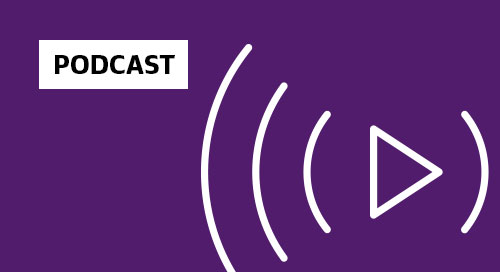Resources
Download resources, including case studies, research and other valuable information.

7 Compelling Reasons why analysts recommend SASE

7 Compelling Reasons why analysts recommend SASE

Achieving Zero Trust Maturity

Automate your systems to improve your CCaaS experience

Custom security with Secure Flex Premium

Introducing Customer Access Management

MPLS to SASE in 6 Simple Steps

Security concerns in the financial services industry

The rise of gen AI in banking customer experience

Why SASE?

Financial Sector Cybersecurity with Windstream Enterprise and Foresite – Part 1

Financial Sector Cybersecurity with Windstream Enterprise and Foresite – Part 2

Future-proof your communications with Windstream Enterprise UCaaS

M&A activity with Windstream Enterprise and Cornerstone Advisors

Prevent data loss with SASE

SASE is transforming the enterprise network

SSE vs. SASE: What’s the difference?

What to expect with SASE

When SASE is not really SASE

Automate your systems to improve your CCaaS experience

7 Compelling Reasons why analysts recommend SASE

7 Compelling Reasons why analysts recommend SASE

Achieving Zero Trust Maturity

Automate your systems to improve your CCaaS experience

WE Connect Partners portal

Why do channel partners choose Windstream Enterprise?

7 Compelling Reasons why analysts recommend SASE

Achieving Zero Trust Maturity

Financial Sector Cybersecurity with Windstream Enterprise and Foresite – Part 1

Financial Sector Cybersecurity with Windstream Enterprise and Foresite – Part 2

M&A activity with Windstream Enterprise and Cornerstone Advisors

Security concerns in the financial services industry

Automate your systems to improve your CCaaS experience

Restaurant survey report: Digital transformation in the restaurant industry











